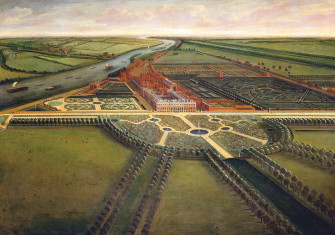France: Sully’s Peace Trees
Terry Brown explores the arborial legacy of a penny-pinching duke.
During the French Wars of Religion (1562-98), the tiny Protestant village of Riverie in south-west France was attacked by a force from nearby Lyon. All the local males, including infants, were massacred. This horrific event is remembered today by a street named Rue des Morts and by a 400-year-old lime tree which grows near the church. A plaque states that the tree was planted on the suggestion of the Duke of Sully (1560-1641), Henry IV of France’s first minister, as a symbol of reconciliation and hope for the future.
When I saw first saw this tree I thought it just an isolated example of Sully’s tree-planting. But in subsequent years I came across others. Another lime in St-Maurice-en-Valgaudemar (Hautes-Alpes) celebrated the promulgation of the Edict of Nantes, which tolerated Protestants, and one in Saint-Martin-en-Vercors (Drôme) was planted by Sully to celebrate the industrial success of the village.






